SpamTools 2025: In a world where cyber threats grow more complex every day, businesses and security professionals are turning to advanced strategies to stay ahead. Two key components of this evolving strategy are red teaming and the use of modern spamming tools — not in a malicious sense, but as controlled, simulation-based resources for improving digital defense.
Understanding Red Teaming
Red teaming is a proactive approach to cybersecurity where ethical hackers simulate real-world attacks to test the strength of an organization’s digital infrastructure. These teams operate like adversaries — using social engineering, phishing tactics, and system exploitation — but all within a legal, authorized, and secure environment.
Unlike standard penetration testing, red teaming focuses on objectives, stealth, and realism. The goal is to uncover blind spots that may otherwise go undetected during routine audits. As we move into 2025, red teaming continues to be a core practice for government entities, financial institutions, tech companies, and even startups looking to reinforce their cyber posture.
The Role of SpamTools
The term SpamTools or spamming tools often raises eyebrows, but in the context of cybersecurity and ethical testing, these tools are invaluable. Platforms labeled under SpamTools 2025 are purpose-built for simulations such as:
-
Phishing email delivery tests
-
Spam filter evasion testing
-
Email content quality scoring
-
Bounce rate tracking and validation
-
Red team email campaign audits
These spam tools 2025 are not used to spam others but are crafted to help red teamers and email marketers understand the limits of deliverability, test security boundaries, and validate defensive mechanisms in real environments.
Use Cases of SpamTools in Red Teaming
Modern red team engagements often use SpamTools to:
-
Simulate spear-phishing attacks in employee awareness training
-
Measure how email security gateways handle crafted messages
-
Track how real recipients react to simulated campaigns
-
Log bounce backs, invalid emails, and spam traps
-
Fine-tune the success of red team lures and initial access vectors
When used in conjunction with proper authorization and a clear scope of engagement, these tools serve as a powerful mechanism for both offensive simulation and defensive enhancement.
Why SpamTools 2025 Matters
As we head deeper into 2025, SpamTools 2025 is more than just a buzzword. It’s a reflection of how red teaming and security testing are adapting to changes in:
-
AI-driven spam detection
-
Behavioral-based email filtering
-
Zero-trust network environments
-
GDPR, HIPAA, and compliance requirements
The newer generation of spamming tools is designed with built-in analytics, compliance-safe workflows, and flexible deployment models — from cloud-based SaaS to local simulations.
Conclusion
In an age of ever-evolving digital threats, combining red teaming with sophisticated spam tools provides a smart, safe, and strategic way to ensure preparedness. Whether you’re a cybersecurity professional, red team operator, or compliance manager, leveraging SpamTools 2025 can offer critical insights and training value.
By using these tools responsibly and strategically, organizations can improve resilience, minimize risk, and create a stronger security culture — all while staying ahead in the fast-paced world of cybersecurity.
Contact us on Telegram: @spamtoolsorg

